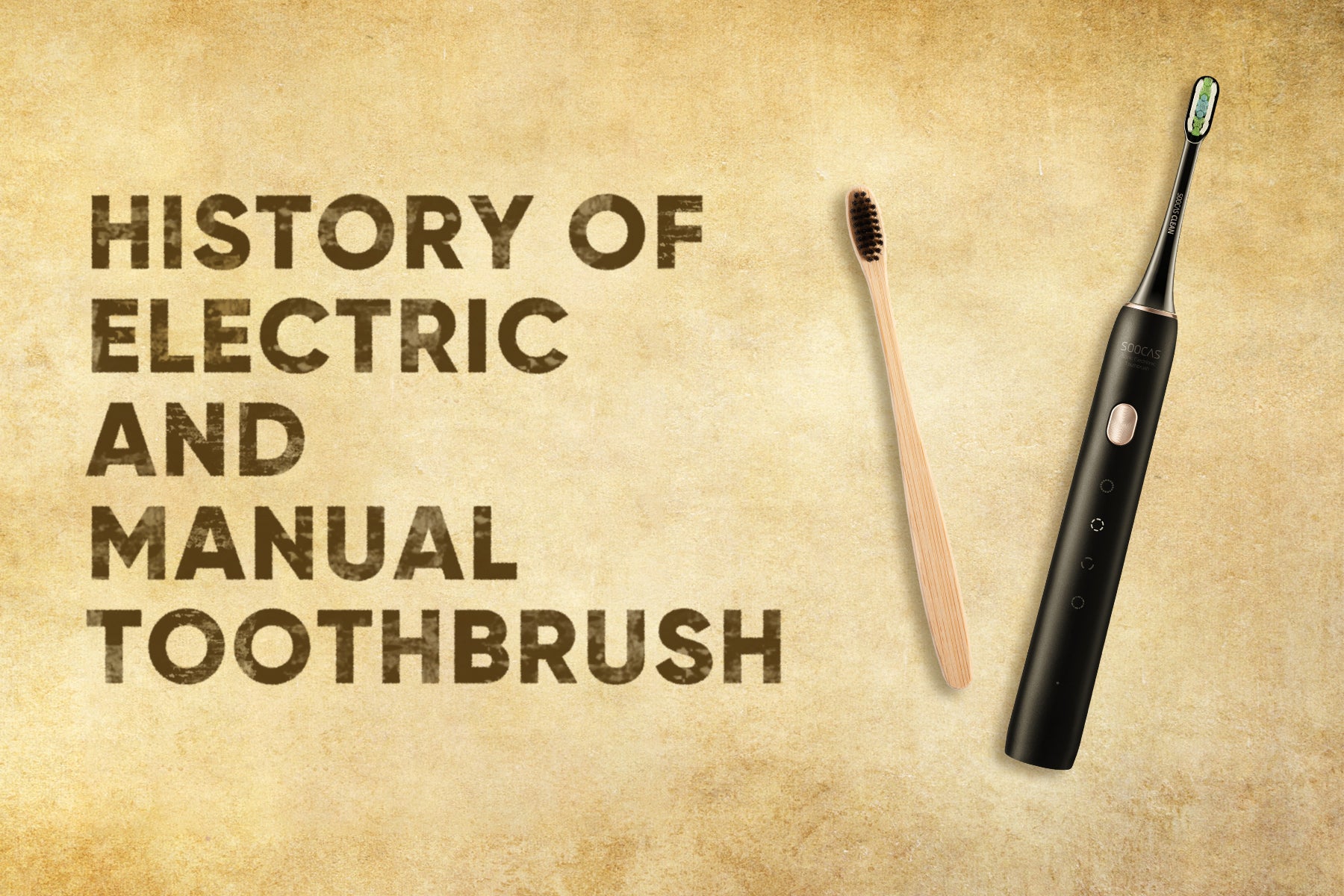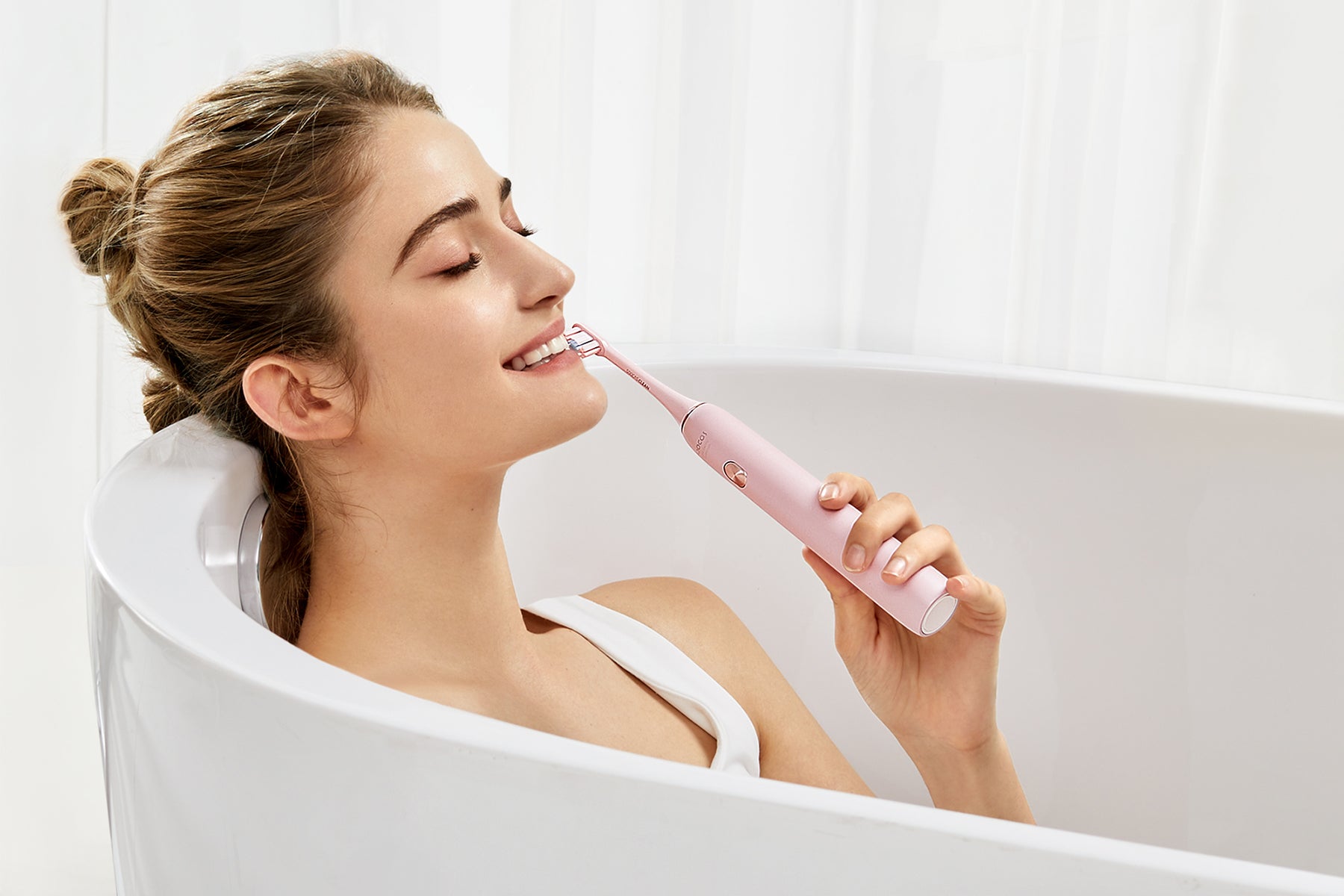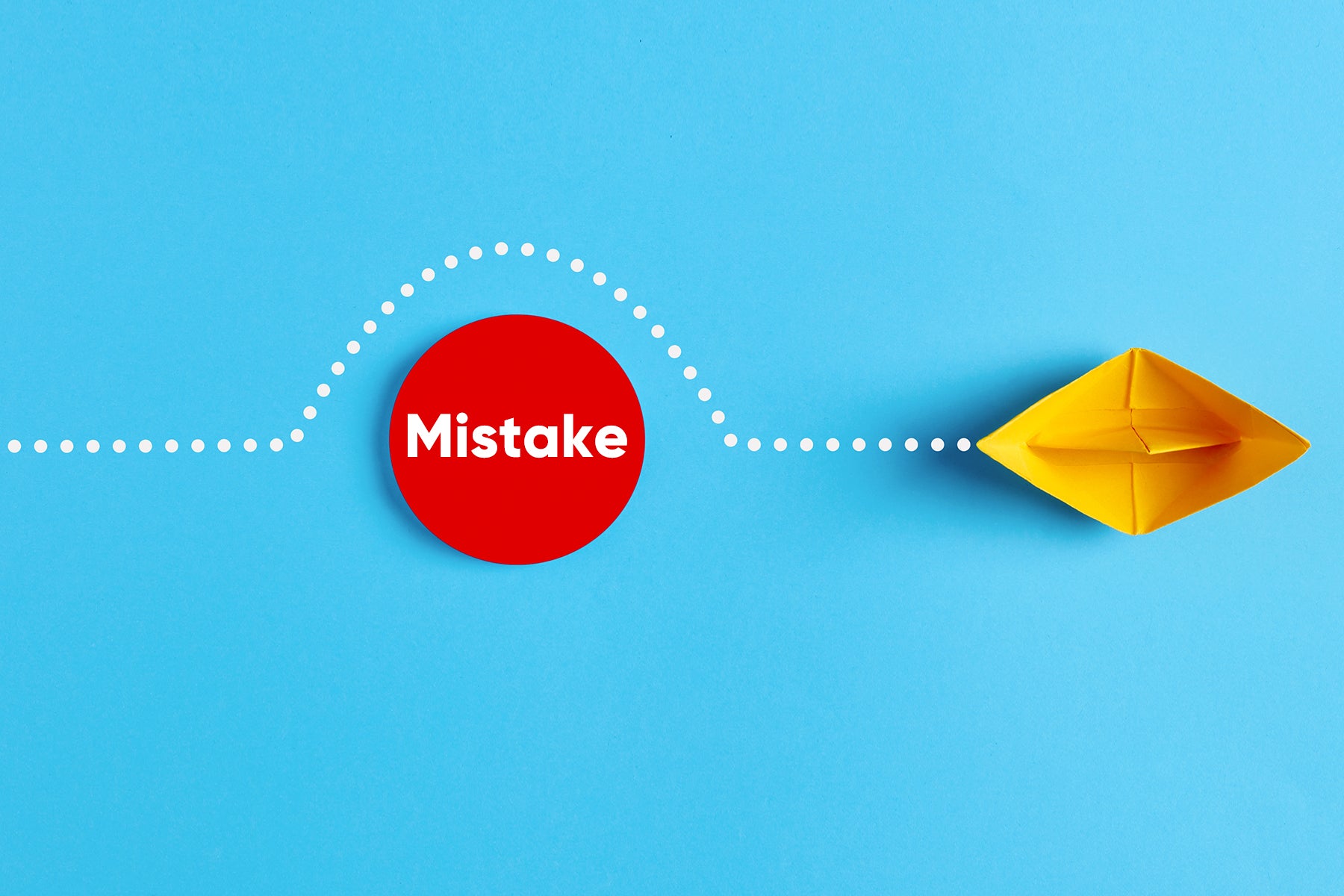Development of Manual Toothbrushes
Rewind the clock of human history to thousands of years ago, there always has been some form of tool to aid humans in oral care. A piece of great evidence is the discovery of a toothpick in an ancient Egyptian tomb. Around 1,600 BC, ancient Chinese used tree branches to create mouth-freshening chews. In modern-day understanding, some people think this could be a substitute for gums.
The first manual toothbrush originated in ancient China, and can be traced back to 700 BC in Tang Dynasty. People used wild boar furs as the bristles and used animal bones or bamboos as the body of the toothbrushes.
In 1690, the name "toothbrush" first appeared in Anthony Wood's autobiography.
In 1789, William Addis made the first modern-day toothbrush using wild boar as the bristles and cattle bones as the body.
In 1840, Addis started the first mass production of manual toothbrushes.
In 1844, the first three-row bristles were designed. Addis was responsible for the production of this manual toothbrush.
In 1869, Addis fully industrialized the production cycle.
In 1927, the first plastic manual toothbrushes were created. This marked the beginning of a flourishing industry and set the industry standards for manual toothbrushes.
In 1938, modern-day manual toothbrushes were invented. Wallace Carothers invented nylon, thus, the first nylon toothbrushes were invented. The very first design of the nylon toothbrush was known as Doctor West's Miracle Toothbrush in America.
Origin of Electric Toothbrushes
In 1880, Dr. Scott, a British doctor, advertised the first electric toothbrush. Although it was called the first electric toothbrush, it actually did not use any electricity and did not catch any public attention. People remained using manual toothbrushes.
In 1954, Dr. Phillippe-G Woog invented "Broxodent", the first functional electric toothbrush. It was invented and set in production in Switzerland then later transferred to France. Now, the first functional electric toothbrush has finally been invented. The intention of electric toothbrushes was to provide access for those hard of movement and people wearing braces. However, with changes in lifestyle, electric toothbrushes began to get noticed by the general public.
Improvement Progress of Electric Toothbrushes
Although Broxo Electric Toothbrush brought innovation and efficiency, it had to be connected to an outlet to function. It was seen as a dangerous practice by people at the time. It wasn't until 1961 that the cordless version was invented, and people started to gain more understanding of the product.
As time progresses, charging stations were improved for electric toothbrushes. However, the battery life was not durable at all, it required a long charging time, which ultimately overworked the battery. Since the battery was sealed inside the product, it was impossible to replace the battery, so when the electric toothbrush was broken, people could only buy a new one instead of a repair.
In 1990, with the improvement of better and safer technology, many toothbrushes used non-contact charging.
In 1992, the first ultrasonic toothbrush was invented and named Ultima and later renamed as Ultrasonex. This toothbrush received patents in America.
Electric Toothbrush Categories
Electric toothbrushes, depending on their vibrations, can be divided into two main categories: rotational and sonic vibrations. Rotational electric toothbrushes utilize high-speed motors to achieve rotational movements in order to clean the teeth. Sonic vibrational toothbrushes use the sonic waves to create high-frequency vibrations in order to loosen the plaque and brush off the food residue. SOOCAS electric toothbrushes are all sonic electric toothbrushes for better results.
In addition, judging based on vibration speed, electric toothbrushes can be categorized into three main groups: standard electric toothbrush, sonic toothbrush, and ultrasonic toothbrush. Standard toothbrushes mimic the human hands to provide 300~7,500 rotations per minute. If the range of sound is between 20Hz~20,000Hz or if the vibration is between 2,400~2,400,000 per minute, this is considered a sonic toothbrush. Any vibration speed above this limit will be counted as an ultrasonic toothbrush.
Electric Toothbrush Recommendations
As of now, sonic electric toothbrushes are the most popular and widely-accepted electric toothbrushes. Although all the electric toothbrushes do a decent job of cleaning, rotational electric toothbrushes are not friendly to those with sensitive teeth. If you are looking for suggestions, we recommend SOOCAS X3U Sonic Electric Toothbrush. Here are some of its advantages:
-
It is capable of achieving 39,600 sonic vibrations per minute and the bristles have an angle of 18.5° for deeper cleaning and more effective whitening.
-
It has 4 modes for different needs. Daily Cleaning, Sensitive, Gum Care (recommended for first-timers), and Whitening modes to suit your needs.
-
It has 3 different brush heads. Standard, Soft, and Polishing brush heads to satisfy different needs.


